
The in-orbit Chinese astronauts of the Shenzhou-15 crew successfully obtained the three-dimensional structural images of their skin cells with the country's self-developed two-photon microscope, its developer announced Monday.
The event, the first of its kind worldwide, marked the success of the in-orbit verification experiments of the two-photon microscope, providing a promising tool for future health monitoring of astronauts in orbit.
Designed for astronauts on China's space station, the portable two-photon microscope was developed by a joint research team of scientists from Chinese universities, institutions, and enterprises, including Peking University, the Astronaut Center of China, and Beihang University, based on the support from the China Manned Space Agency.
A nonlinear optical imaging technology based on two-photon absorption and fluorescence excitation, two-photon microscopy can penetrate deeply into living tissues, featuring high-resolution, large imaging depth, and three-dimensional tomographic ability, among others.
The previous two-photon microscopes across the globe had not realized the in-orbit operation and application due to their large size, which failed to meet the requirements for in-orbit experiment equipment, such as volume, weight, and impact resistance.
A miniature two-photon microscope with a probe weighing only 2.2 grams was developed in 2017 by Cheng Heping, director of the National Biomedical Imaging Center at Peking University and head of the joint research team, after his team made breakthroughs in major core technologies of two-photon microscopic miniaturization. The microscope laid the technical foundation for the present in-orbit one.
Last November, the two-photon microscope used by the Shenzhou-15 astronauts was sent to China's space station onboard the Tianzhou-5 cargo craft.
It was installed by the crew recently before capturing three-dimensional structural images of skin epidermis and superficial dermis on their faces and forearms, said Wang Junjie, a team member from the College of Future Technology under Peking University.
The images showed clear three-dimensional structures of the skin layers, including the stratum corneum, the stratum granulosum, the stratum spinosum, the stratum basale, and the superficial dermis, indicating the success of the in-orbit verification experiments of the two-photon microscope, Wang added.
With a resolution reaching submicron level, the microscope also features noninvasive microscopic imaging when showing the three-dimensional distribution of the astronauts' skin structure and their cells clearly.
In the two-photon microscopic imaging, the signals can be observed through spontaneously fluorescent substances in cells and extracellular matrix, and play an important role in examining the metabolic stress response of mitochondria inside the astronauts' cells, thus monitoring their health conditions in orbit.
The first success of the in-orbit operation of the two-photon microscope reflects China's high level of high-end precision optical instrument manufacturing, said Cheng.
He explained that the success offers new methods for in-orbit health monitoring of astronauts at the cellular and molecular levels and provides vital technical means for the country to carry out in-orbit brain science research in the future.









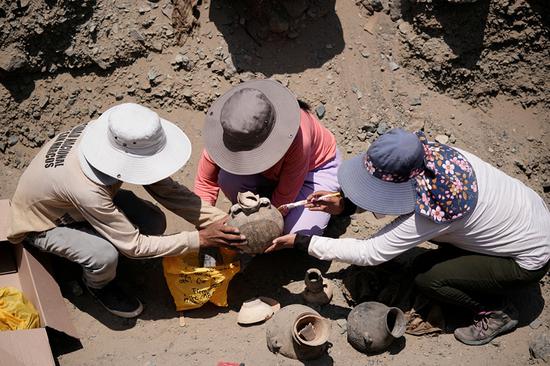






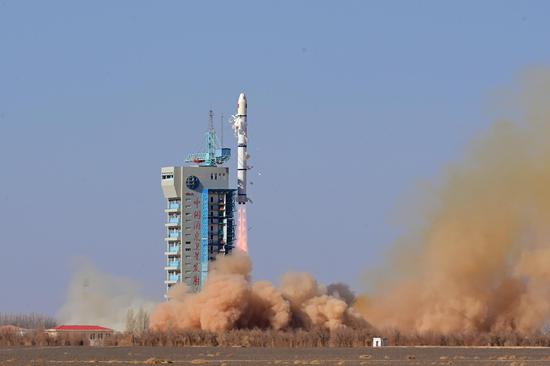
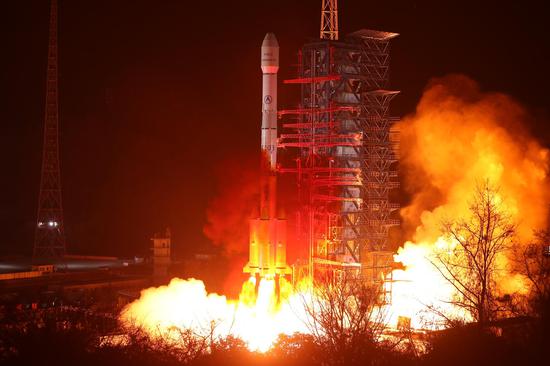







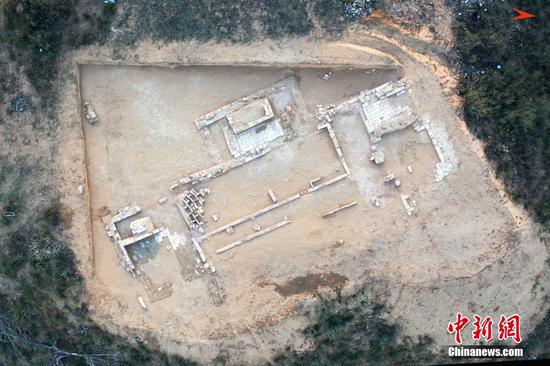
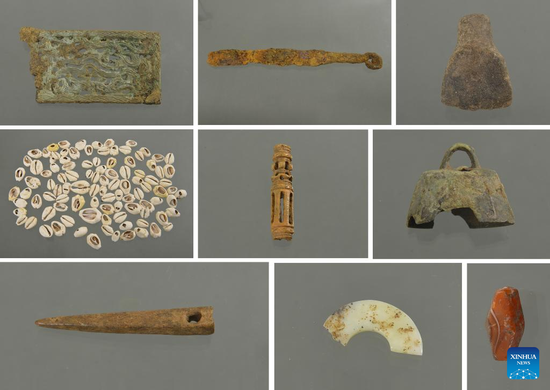

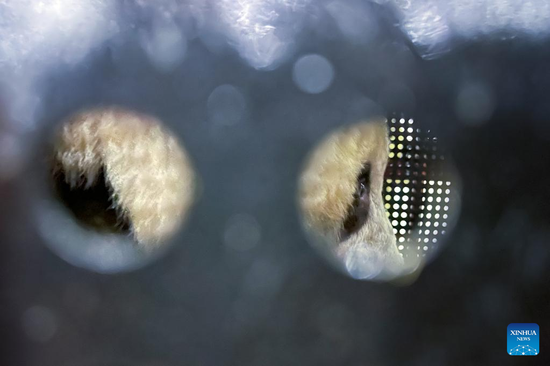










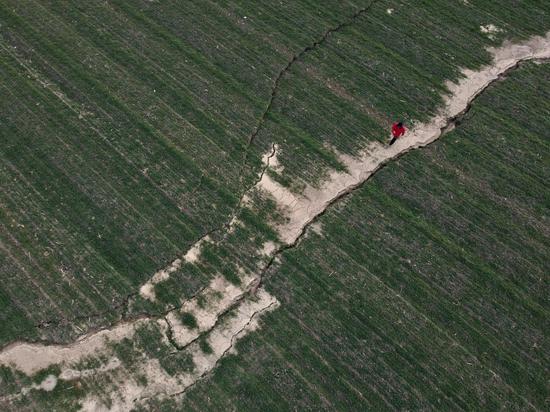










 京公网安备 11010202009201号
京公网安备 11010202009201号